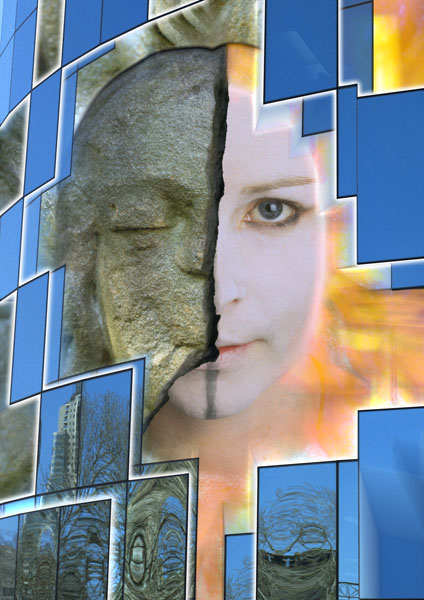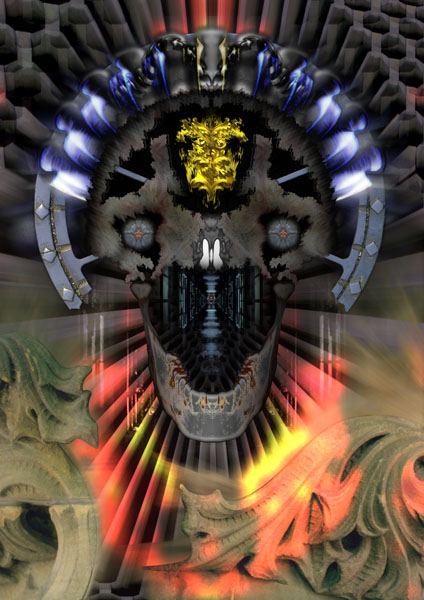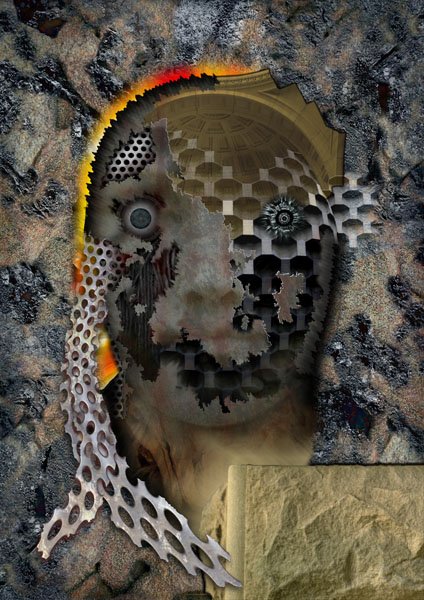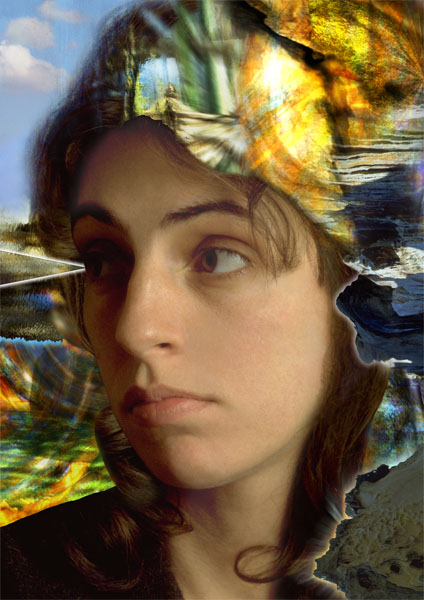1
Models
| EN | DE |
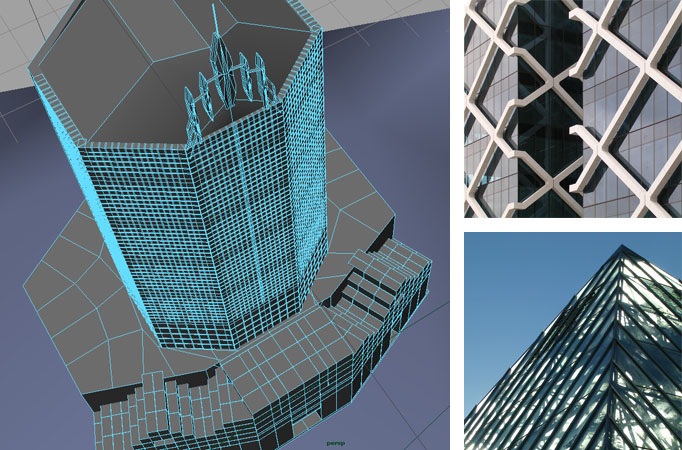
Model: From Middle French modelle, diminutive form of modulus ("measure, standard");
Representation of a physical object, usually in miniature; a simplified representation used to explain the workings of a real world
system or event; the structural design of a complex system;
(Source: Wiktionary)
| Hyperreality |
|
|||||||||||||||
|---|---|---|---|---|---|---|---|---|---|---|---|---|---|---|---|---|
| Simulation, Hyperreality, and Virtual Tech (Doc. ref.) | ||||||||||||||||
| Chatbots |
AI Chatbots are designed to augment online experiences and to support business and branding objectives. Chatbots allow human users
to converse naturally with a digital machine via instant messaging or internet relay chat (IRC). The appearance, personality and
intelligence of chatbots can be integrated with a corporate identity. Chatbots offer the following advantages:
Implementation: Implementing chatbots became user-friendly for non-technologists with the advent of bot hosting services. Pandorabots.com for example is a hosting service that enables a community of users to create and publish their own AI Chatbots on the web. Pandorabots adopted the AIML standard which is an XML dialect developed by computer scientist Dr. Richard Wallace. A Pandorabot can be administered with an intuitive multilingual interface. Users may integrate their bot with their site by means of a special HTML facility. The Pandorabots engine can, moreover, be connected with a character hosting service to enhance the experience with speech synthesis and visual cues. Training: The knowledge base of a new Pandorabot can be extended and improved by preformulating the right answer to certain questions, analysing chat logs to edit unsuitable responses, or planning the redirection of a difficult conversation to more familiar topics. While the training interface itself is easy to use, it helps to have a working knowledge of AIML since the task is likely to extend from simple query formulation to higher-level data entries and situational enabling. In Artificial Intelligence Markup Language (AIML) the <-CATEGORY-> represents a basic unit of knowledge. The
<-PATTERN-> tag set may contain a pattern, like a question, and the
<-TEMPLATE-> tag is used for the desired answer.
|
|||||||||||||||
|
|
||||||||||||||||
| Interaction Entities |
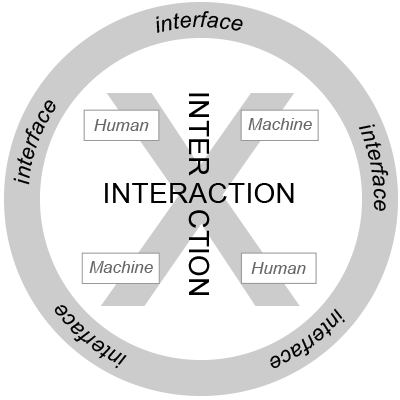
A connection between the OTHER and the SELF is like a 'mingling of the stars' which is shown as a 'territorialising double' on the other side. |
|||||||||||||||
| ➔ State of the Practice | ||||||||||||||||
| Cosmological Models |
|
|||||||||||||||
| Cosmic Cubes (Doc. ref.) | ||||||||||||||||
| Case Study: The Orrery | The orrery was introduced by English mathematical instrument makers to represent the planetary systems and their inclination to the axis of the ecliptic. Rowley's orrery (1713) had a geared heliocentric mechanism set in motion by the turn of a crank. Orreries featured a stationary brass ball to represent the Sun, a revolving Earth globe with a moon that displayed its phase, and a horizontal calendar ring to indicate elapsed time. Subsequent versions of the orrery demonstrated the [temporal] mechanics of the known solar system, incorporating assemblies of Jupiter and Saturn based on tubular stems and actuating cogs to turn their moons. One revolution of the winch turned the earth once and 365 1/4 turns reproduced its annual motion. | |||||||||||||||
| ➔ Planetarium | ||||||||||||||||
| Case Study: Chinese Gardens |
The Chinese garden is a microcosm and three-dimensional painting of the world. Garden designers of the Yuan and Ming dynasties
turned water, plants, rocks, and architecture into cultural artefacts that expressed Taoist ideals of harmony, contemplation, and
eremitism. Organic and irregular forms also balanced the strict Confucian layout and symmetry of the imperial gardens to the north.
In China, both imperial and private gardens are based on miniaturised, segmental, or full-scale re-creations of nature. The earliest parks were used as hunting reserves and date back to the Shang dynasty. Large gardens were built later to replicate scenic views of the realm and to convey the beauty, essence, and cosmic designs of nature. Contemplative spaces like the private gardens of the literati were constructed as retreats while encouraging a stylish pursuit of the arts. This stage with its elegant architecture, exotic shrubs, rare rocks, and ornamental birds allowed the gentleman-scholars to practise both their 'urban eremitism' and social designs. |
|||||||||||||||
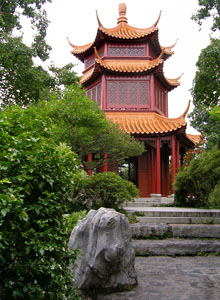
|
||||||||||||||||
| Project: The Construct |
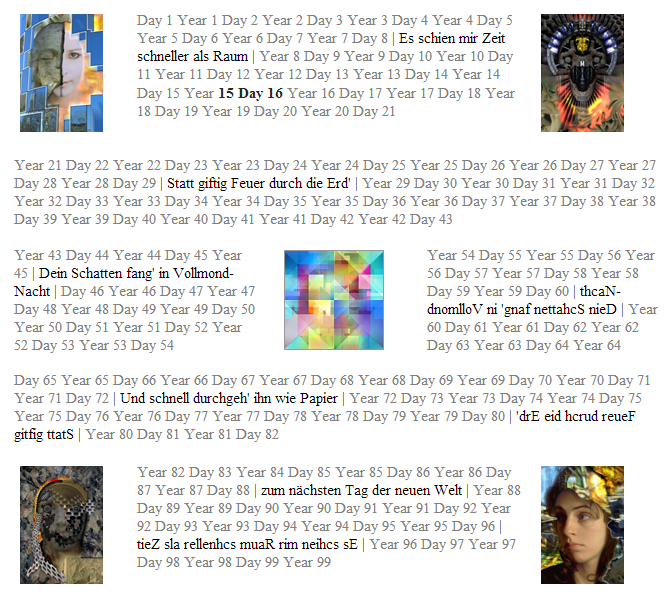
The Construct began as a basic PERL program, comprising an array, a loop, and a set of strings to match [regexp]. It was originally used together with a Benchmark module to measure the performance of a CPU. In the 'artified' version, the timing theme was developed further into a fictitious calendar with two differently sized, or differently situated wheels [day and year]. The Construct has a still crystalline centre, surrounded by four protective figures, and a gateway [hyperlink] at index sixteen. It alludes to the Surrealist term poème-objet and served as a conceptual model to explore unusual aspects of space, time and memory. |
|||||||||||||||

